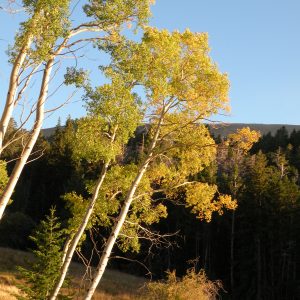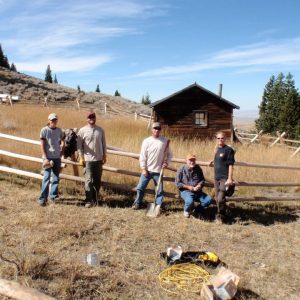I began my CLM internship with the Phoenix BLM this October. My co-workers and I have been working on the development of a Sonoran Desert Tortoise (Gopherus agassazii) project. Our goal is to use data from current monitoring efforts to evaluate tortoise presence and absence in known suitable habitat. We will also work to develop a GIS model that will potentially indicate critical areas for future conservation based on available GIS layers (variables).
Our 18 survey locations are structured in one hectare plots, which we be monitored again in the future by other employees. The data being collected will also serve as a baseline to monitor future tortoise populations and assist in making better management decisions in our sensitive Sonoran Desert ecosystem.
We specifically collect data on tortoise sightings, scat, burrows, tracks, and carcasses. In the last two weeks, we have found 5 live tortoises, 2 carcasses, and several burrows indicated by scat evidence. Burrows are present in varieties of soils, both in washes and on steep slopes of granite mountains. Today, we found our first rattlesnake. This is rather surprising considering the large area and type of habitat we have covered, not to mention the warm days we have had while surveying where temperatures have consistently exceeded 100 degrees.
We plan to start our GIS modeling next month, followed by a technical report explaining our study methods, results and discussion. Thanks for reading, more to come next month!















